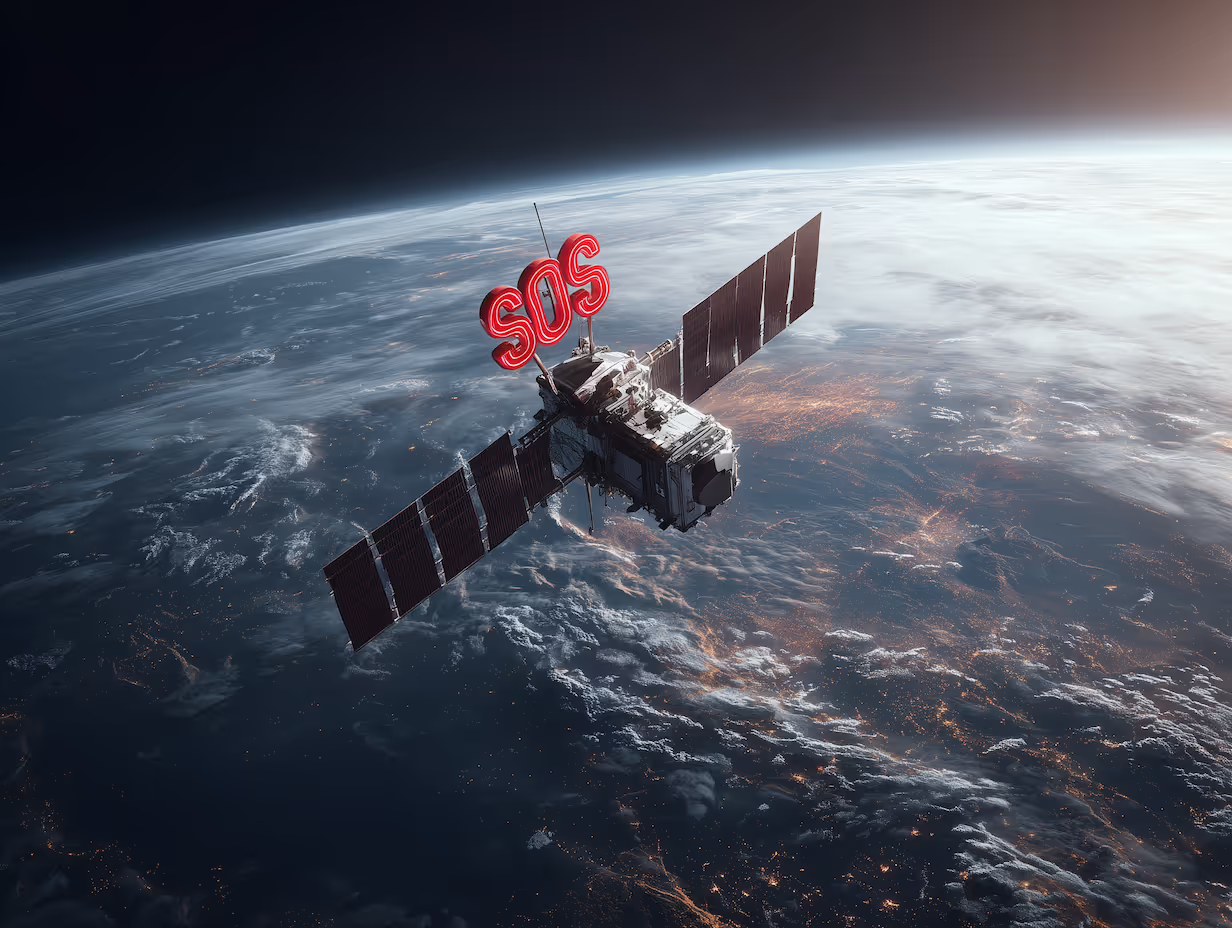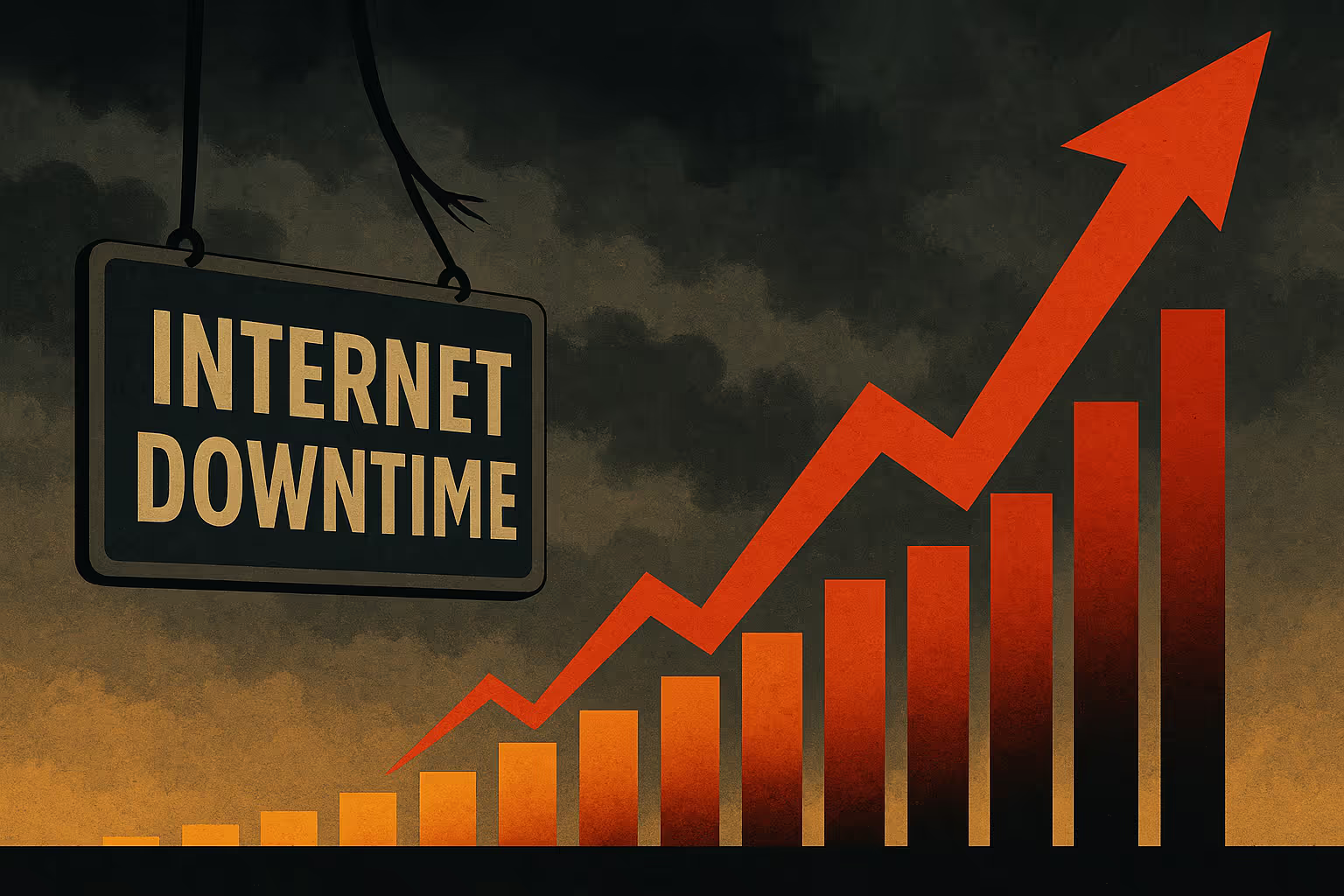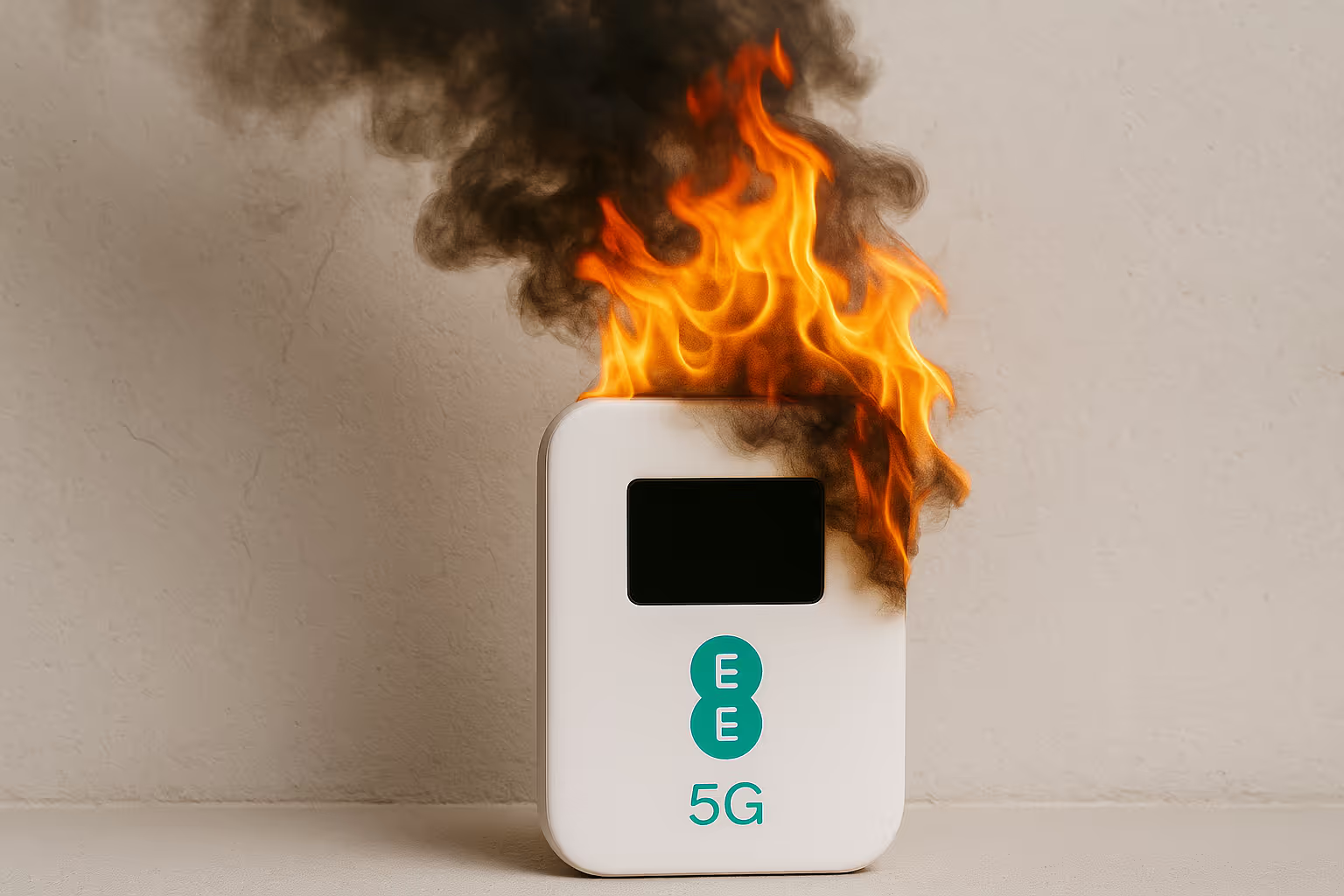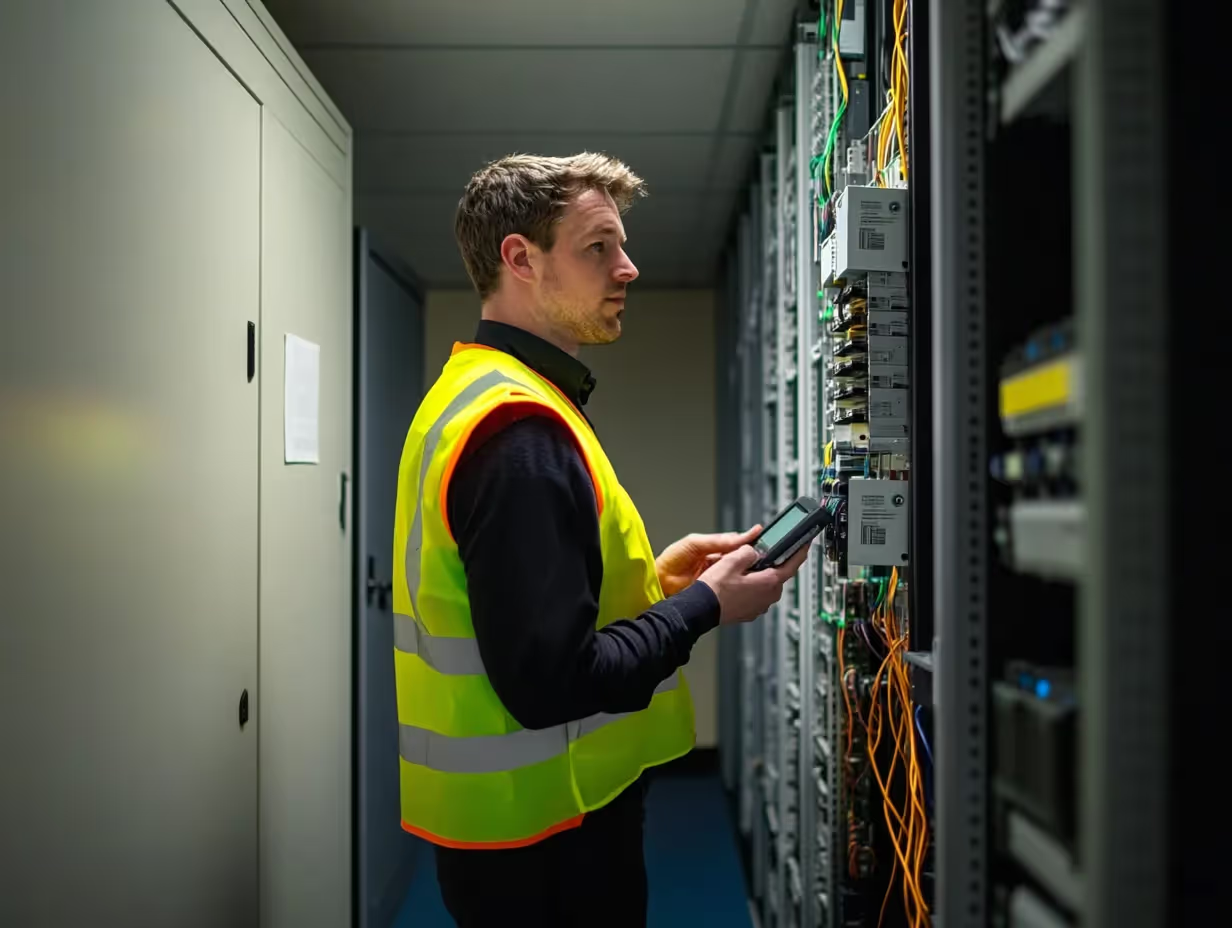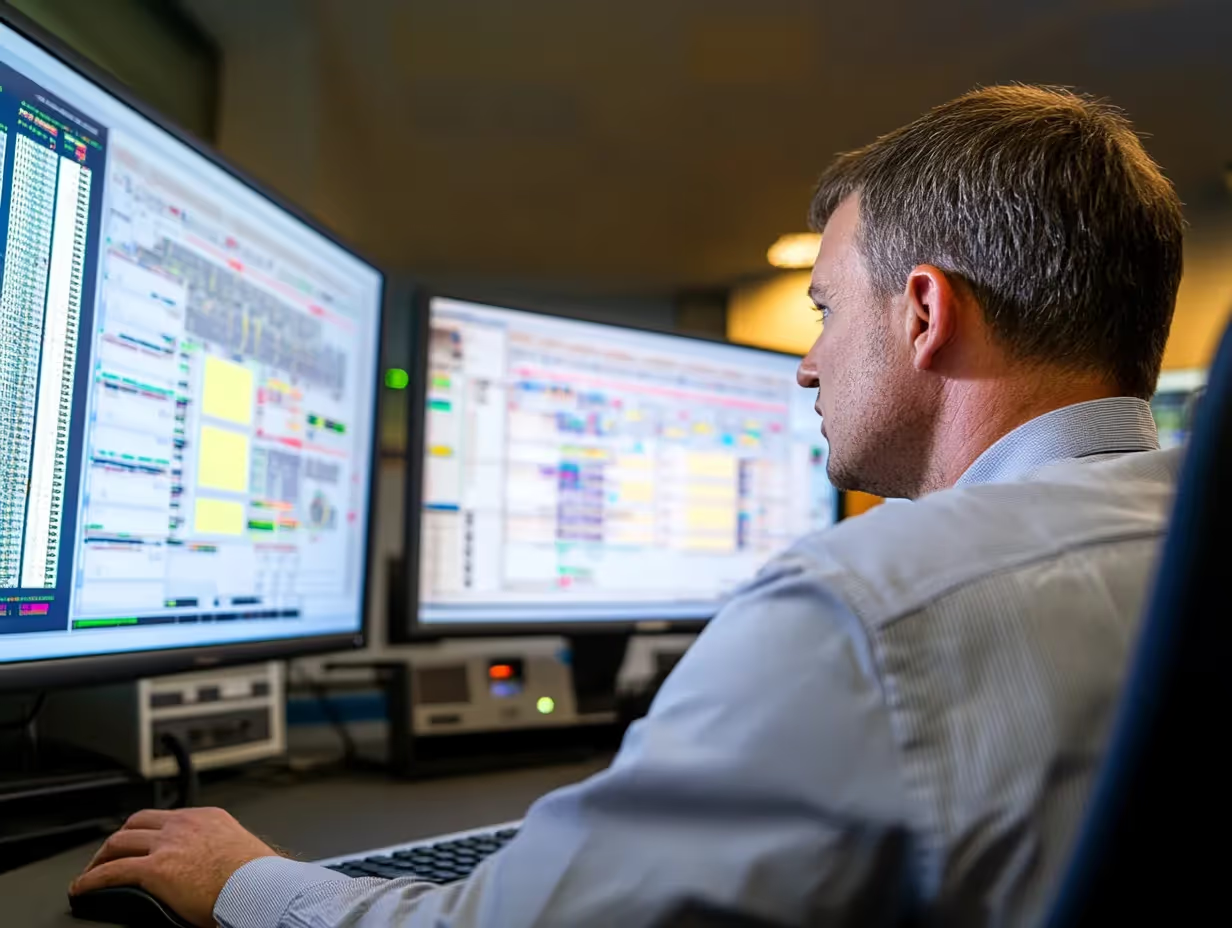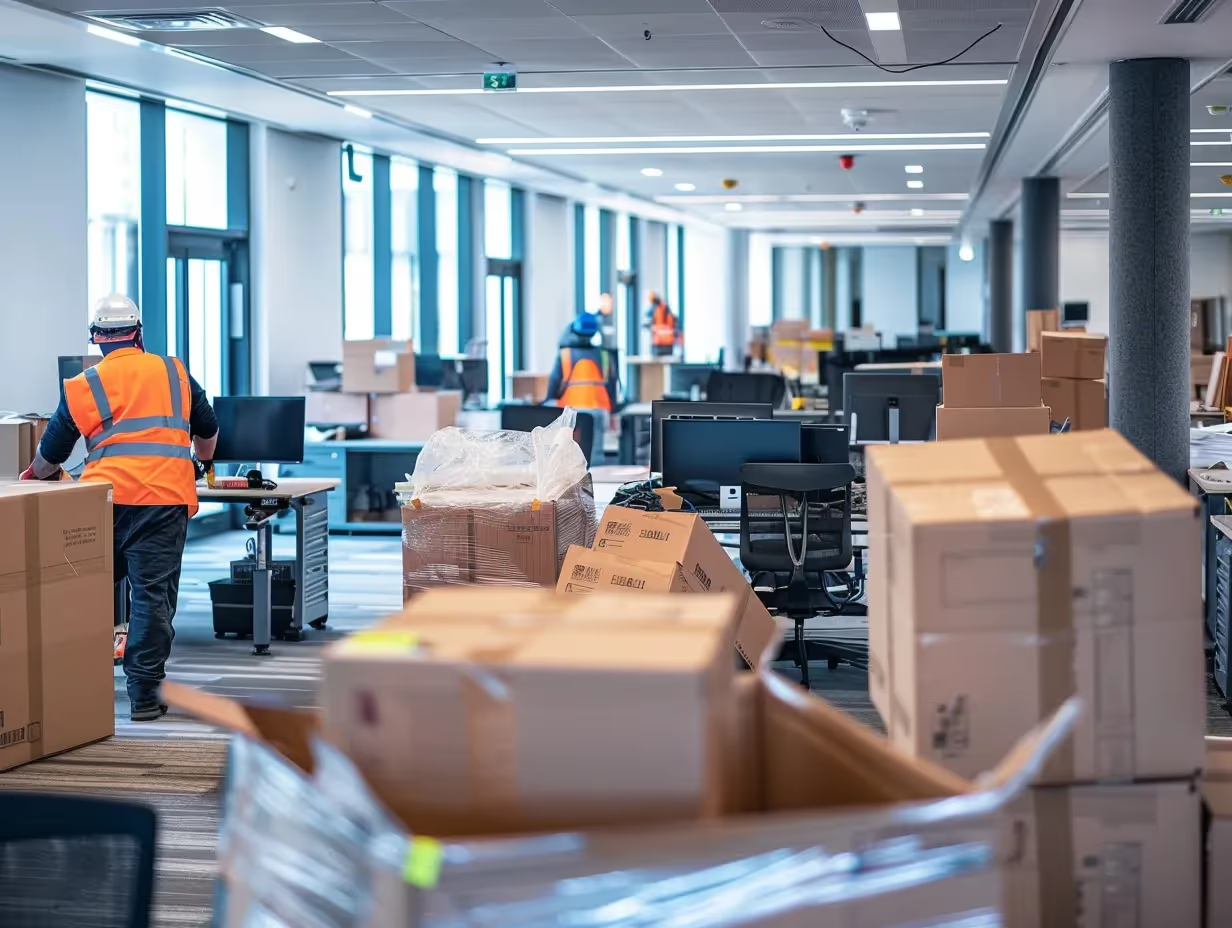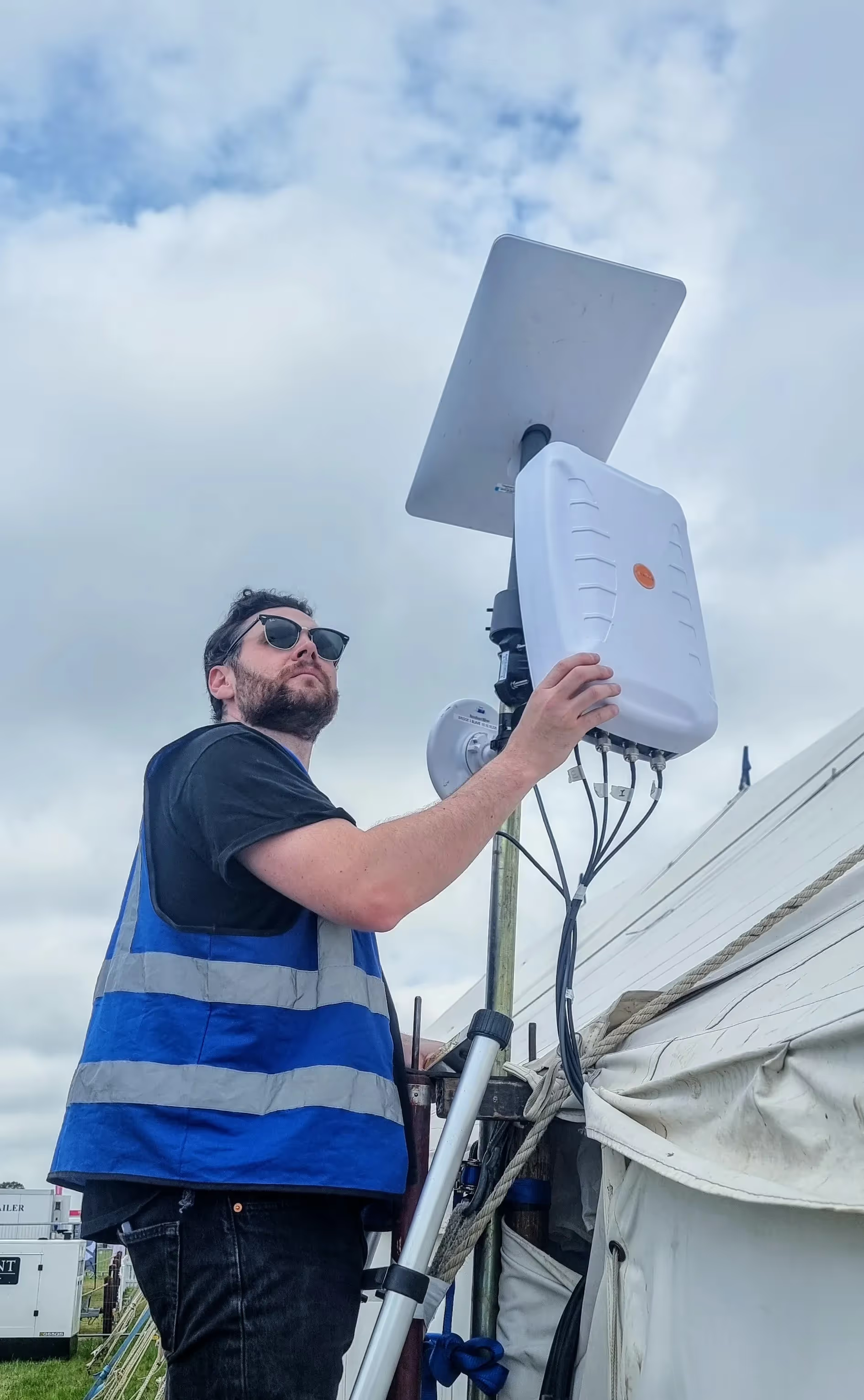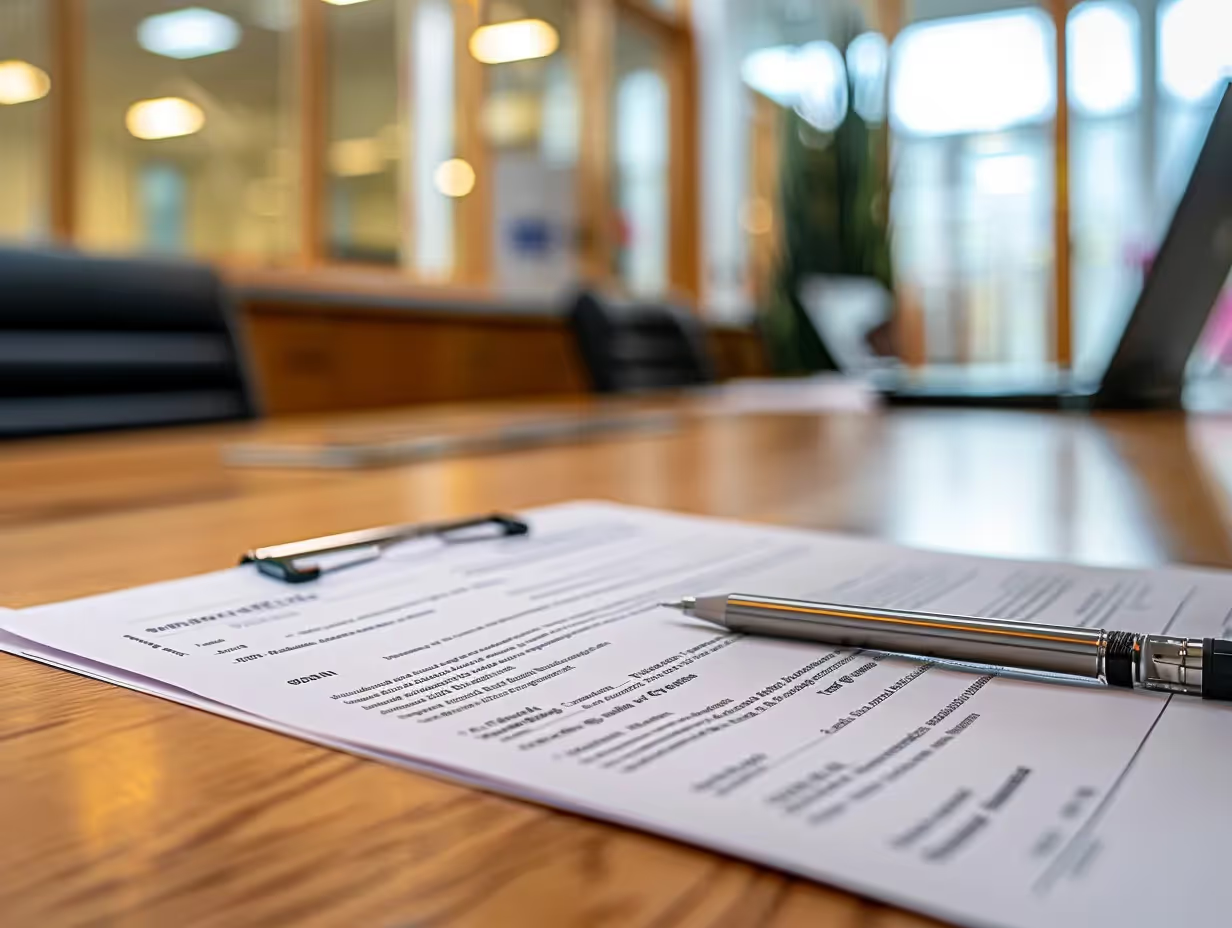If you're an event planner, then you know how important it is to have a reliable internet connection. Whether it's a corporate event, an outdoor event, or a trade show, attendees expect to have a basic internet service.
But what’s the cost of temporary WiFi for events? In this guide, we'll walk you through our five step event planning checklist to help you understand the costs associated, and what you can do to ensure you have a reliable and affordable solution in place.
Step 1: Determine Your WiFi Needs
The first step in understanding the cost of temporary WiFi for events is to determine your needs. This will depend on a few factors, such as the number of attendees, the type of event, and the activities that require WiFi connectivity.
- Number of Attendees: Estimate the total number of guests needing internet access.
- Type of Event: Identify the nature of the event (e.g., business event, music festival, trade show).
- WiFi Activities: Determine specific activities requiring WiFi (e.g., live streaming, ticket scanning, social media updates).
- Bandwidth Requirements: Calculate the total bandwidth needed based on activities and attendee count.
For example, a corporate conference may require WiFi for presentations, live polling, and email access, while a music festival may need WiFi for ticket scanning and social media updates. Once you've determined your needs, you can begin to estimate the amount of bandwidth required. This will help you determine the number of access points, routers, and other equipment you'll need for your event.
Step 2: Choose the Right Equipment
Choosing the right equipment is crucial to ensuring that your temporary WiFi solution is reliable and cost-effective. There are many different types of equipment available, from basic routers to more advanced access points and mesh networks.
- Equipment Selection: Choose suitable equipment for your event size and needs (e.g., basic routers, advanced access points, mesh networks).
- Event venue Size and Layout: Consider the size and layout of the venue to determine the optimal equipment.
- Attendee Devices: Take into account the types and number of devices that will connect to the network.
- Configuration and Testing: Ensure proper configuration and thorough testing of the equipment before the event.
In addition to choosing the right equipment, it's important to ensure that your connection to the internet is properly configured and tested before the event to prevent any technical issues during the event.
Step 3: Consider Your Budget
Temporary WiFi solutions for events can range from a few hundred to several thousand dollars, depending on the size and complexity of the scale events.
- Budget Assessment: Evaluate your budget for temporary WiFi solutions.
- Cost Factors: Understand the factors influencing cost (e.g., equipment, technical support, venue size).
- Cost-Saving Strategies: Look for ways to save money without sacrificing reliability.
- Service Provider: Consider working with a temporary event connectivity service provider for cost-effective solutions and support.
It's important to consider your budget when planning for temporary WiFi and to look for ways to save money without sacrificing reliability. One option is to work with a temporary event connectivity service provider who can help you plan and manage your temporary WiFi solution. They can provide equipment and technical support and can help you optimise your solution to reduce costs.
Step 4: Plan for Contingencies
Even with the best planning and preparation, technical issues can still occur during an event.
- Contingency Planning: Prepare for potential technical issues.
- Backup Equipment: Have backup equipment and redundant connections ready.
- Technical Support: Ensure on-site or on-call technical support during the event.
- Real-Time Monitoring: Use monitoring tools to oversee network performance and address issues promptly.
It's important to plan for contingencies, such as backup equipment and redundant connections, to ensure that your event remains online and connected. A temporary event connectivity service provider can help you plan for contingencies and provide technical support during the event. For example, if you have a Wi Fi network in place, but want extra reliability then an ethernet cable on-top of the WiFi network could proide
Step 5: Evaluate Your Solution
After the event, it’s important to evaluate your temporary WiFi solution to identify any areas for improvement.
- Post-Event Evaluation: Assess the performance of your WiFi solution.
- Key Metrics: Consider metrics like network uptime, number of connected attendees, and user experience.
- Feedback and Improvements: Gather feedback and identify areas for optimisation.
- Future Planning: Use the evaluation to improve your WiFi setup for future events.
This can help you optimise your solution for future events and reduce costs. Some key metrics to consider include the uptime of the network, the number of attendees connected, and the overall user experience. This feedback can be used to make adjustments to your solution and ensure that your next event is even more successful.
Summary
Temporary WiFi for events is an important aspect of event management, but it can be costly and complex. By following these five steps, you can better understand the cost of temporary WiFi for events and ensure that you have a reliable and cost-effective solution in place.
- Determine Your WiFi Needs: Understand the specific requirements of your event.
- Choose the Right Equipment: Select suitable technology for reliability and cost-effectiveness.
- Consider Your Budget: Plan within your budget and explore cost-saving strategies.
- Plan for Contingencies: Prepare for potential technical issues with backups and support.
- Evaluate Your Solution: Assess performance post-event to optimise future setups.
With the help of a temporary event connectivity service provider, you can optimise your solution and ensure that your event is a success.






